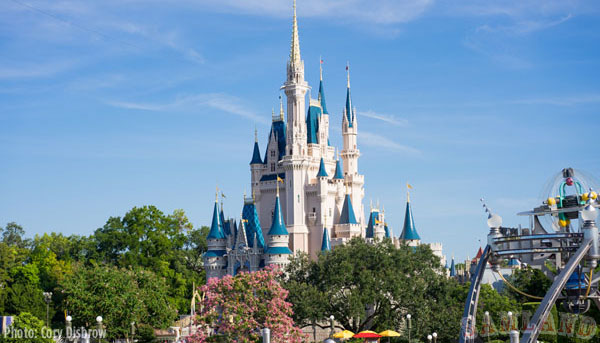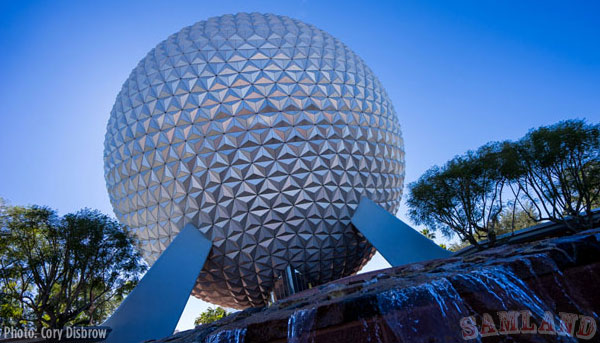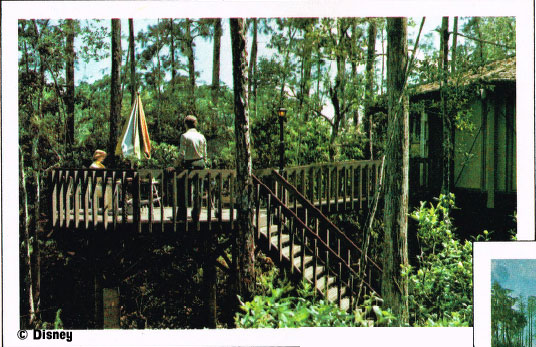Welcome to Samland. This week let’s step into the time machine and turn the dial back to August 1984. Walt Disney’s Son-In-Law, Ron Miller, was running Walt Disney Productions and trying new things to keep the company relevant. But not all was not well in the Kingdom.

However, that is another story for another time. This is the story of where we learn that it was Ron Miller, Walt Disney’s son-in-law and Disney CEO, who was the one who got the ball rolling on the creation of the “moderate” resorts at Walt Disney World.
We tend to think of the Walt Disney World resort as a smash hit from day one. But by 1984 the resort was struggling. Attendance had fallen from a high of 14 million in 1978 to only 10.8 million in 1984 despite significant capital investment.
The opening of Epcot Center did not reverse the trend. The new park was not attracting new visitors. Instead, Disney found it was the same shrinking audience just staying an extra day in central Florida. Within the executive corridors in Burbank this was becoming a serious problem.

They looked at travel patterns in Florida. That was not the problem. With more than 40 million visitors annually, they found that number growing but fewer were visiting their resort. Why?
Disney learned that most people thought that a WDW vacation was only for the rich and sometimes perception does become reality. Surveys showed that the average WDW patron earned nearly 80 percent more then average visitors to Florida. Compare that to Disneyland’s audience, which earned just 10 percent more than the population.
For those staying on WDW property, the class difference was even more pronounced. Those who could afford to stay at the Contemporary or the Polynesian were earning approximately 35 percent more than the average visitor to WDW. Disney was not offering a mass-market product. They needed to find a way to bring in people of modest means in order to maintain their massive investment.
Looking at the local lodging market, Disney found that Orlando featured very few choices targeting middle-income families. There were plenty of Holiday Inns, Day’s Inns, and the like but none of them were truly “resorts.” Was this an opportunity?
Disney could build more luxury resort hotels. However, that would not stem the tide of declining park admission. Economic studies showed that it would merely move people from upscale off-property resorts such as the Grand Cypress to WDW. No, Disney needed something that would move the needle and build park attendance without degrading the existing luxury offerings. They needed to build something that could bring in the masses.

The solution was to create “bungalowparks” similar to a chain of resorts in Europe created by the Dutch company called Vendorado in 1980. Known today as Center Parcs, they typically had 1,000 to 2,000 1- and 2- bedroom bungalows and villas with kitchens, living rooms, bathrooms, and patios. Five or six bungalows would be clustered together and scattered throughout the resort with the building integrated within the landscape.
They featured a large central sports facility with a signature swimming pool, game rooms, tennis, sauna, and other activities. There was also a range of dining options ranging from a fast food outlet to a sit down restaurant to a grab-and-go convenience store.
At the time, Vendorado offered to partner with Disney to create and operate the resorts. They were typically seeing 95 percent occupancy rates at their facilities.

Sound good? It sure did as far as Ron Miller was concerned. However, corporate politics got in the way and the decision to move forward would be left to another leader.
Is the Disney of today moving back to being perceived as the vacation resort reserved only for the wealthy? Or do the resort options satisfy folks of all economic classes?
Sam is the author of several popular theme park books:
(Please keep your comments family friendly and avoid attacking other commenters or our staff. Hostility and off topic comments will be removed.)


You must be logged in to post a comment.